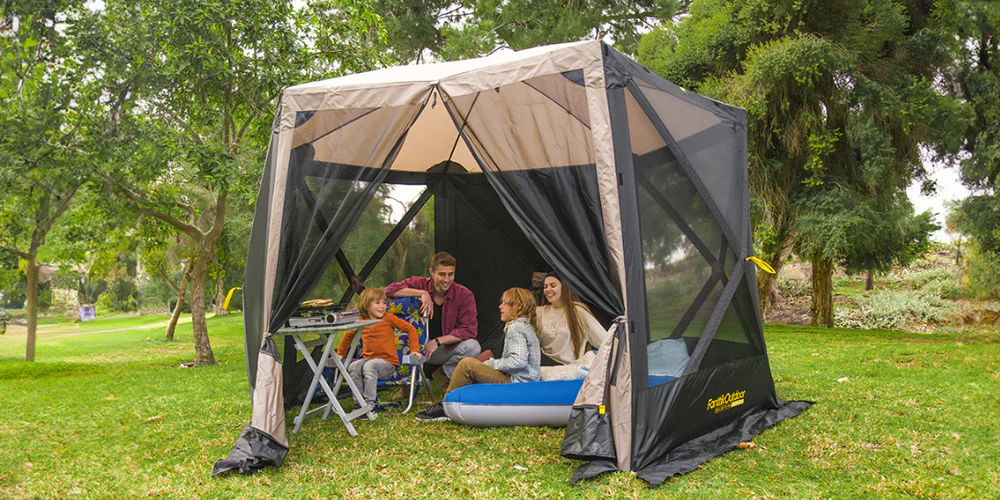Canopies are a popular choice for outdoor events, providing shade and shelter. However, they can pose safety risks if not properly secured. Understanding how to prevent canopy accidents is crucial for ensuring a safe environment for all attendees. This article will explore essential tips and best practices to enhance canopy safety.

Why Canopy Safety Matters
Canopy accidents can lead to serious injuries or property damage. High winds, improper setup, and lack of maintenance are common factors contributing to these incidents. Have you ever considered what could happen if a canopy collapses during a gathering? Such events can create panic and chaos, emphasizing the need for vigilance and preparation.
Key Factors to Prevent Canopy Accidents
- Proper Setup: Ensure that the canopy is set up according to the manufacturer's instructions. This includes securing all poles and stakes firmly into the ground.
- Weather Awareness: Always check the weather forecast before setting up a canopy. Windy or stormy conditions can significantly increase the risk of accidents.
- Regular Maintenance: Inspect your canopy regularly for any signs of wear and tear. Replace damaged parts immediately to maintain structural integrity.
- Weight Distribution: Use weights or sandbags to anchor the canopy. This is especially important in windy conditions, as it helps to stabilize the structure.
Understanding Wind Resistance
One of the primary causes of canopy accidents is wind. Canopies are not designed to withstand strong gusts, which can lead to tipping or collapsing. To prevent canopy accidents, consider the following:
- Choose a canopy designed for high wind resistance.
- Monitor wind speeds and be prepared to take down the canopy if conditions worsen.
- Utilize sidewalls to provide additional stability against wind.
Emergency Preparedness
In the event of an emergency, having a plan can make a significant difference. What steps can you take to ensure safety? Here are some suggestions:
- Designate a responsible person to monitor weather conditions during the event.
- Have an evacuation plan in place in case of severe weather.
- Keep first aid supplies readily available for any minor injuries.
Conclusion: Prioritizing Safety
By implementing these strategies, you can significantly reduce the risk of accidents associated with canopies. Remember, the goal is to create a safe and enjoyable environment for everyone involved. For more detailed guidance on maintaining canopy stability, check out this  .
.
In summary, understanding how to prevent canopy accidents involves proper setup, awareness of weather conditions, regular maintenance, and emergency preparedness. By taking these precautions, you can ensure that your outdoor events remain safe and enjoyable.








